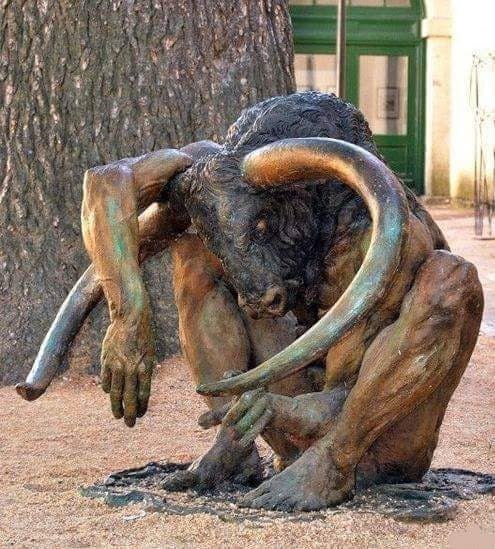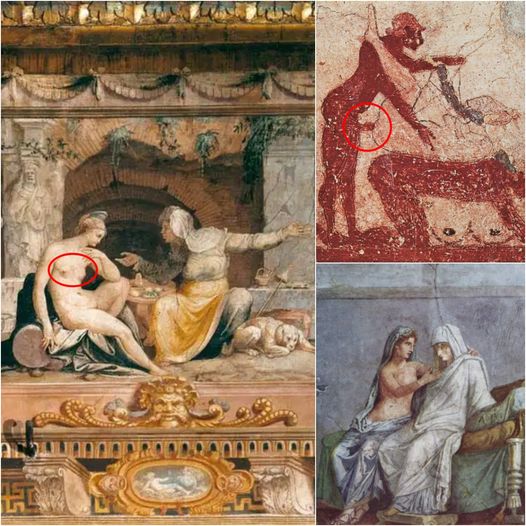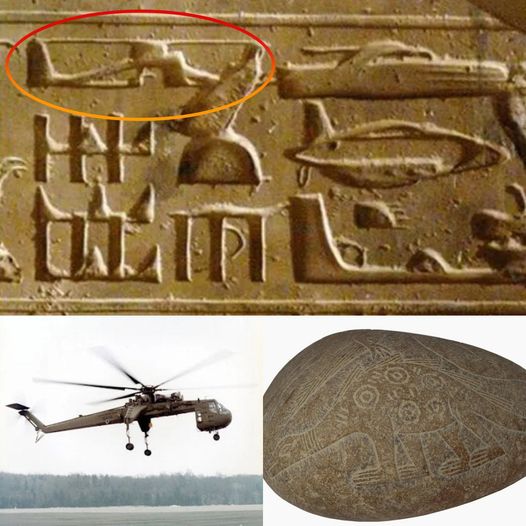In the heart of Turkey's Black Sea province of Ordu, nestled within the ancient walls of Kurul Castle, lies a remarkable testament to the richness of Anatolian history: a 2,100-year-old marble sculpture of the mother goddess Kybele. Unearthed during excavations, this awe-inspiring artifact offers a glimpse into the Hellenistic Pontus Kingdom, showcasing the artistic and cultural achievements of a bygone era. Join me as we journey into the depths of antiquity to uncover the story of this magnificent sculpture and explore its significance in the annals of archaeology.
A Divine Discovery: Unearthing the Sculpture of Kybele
The discovery of the marble sculpture of Kybele within the confines of Kurul Castle marks a momentous occasion in the field of archaeology. Dating back to the sixth Mithridates period, named for the influential king of Pontus and Armenia Minor, this exquisite sculpture provides a rare glimpse into the religious practices and beliefs of the ancient Pontic people. Standing at an impressive 110 centimeters tall and weighing approximately 200 kilograms, the sculpture is a testament to the skill and craftsmanship of the artisans of the Hellenistic era.

The Mother Goddess: Exploring the Symbolism of Kybele

Kybele, also known as Cybele, was revered as the mother goddess in ancient Anatolian and Hellenistic cultures. Often depicted seated on her throne, as seen in the newly unearthed sculpture, Kybele symbolized fertility, abundance, and the cycle of life. Her presence was felt in every aspect of daily life, from agricultural rituals to religious ceremonies, where she was invoked to bless the land and ensure the prosperity of the people. The discovery of the sculpture of Kybele offers a unique opportunity to delve into the religious and spiritual beliefs of the ancient Pontic civilization.
A Glimpse into History: The Hellenistic Pontus Kingdom

The Hellenistic Pontus Kingdom, under the rule of Mithridates VI, flourished as a center of culture and commerce in northern Anatolia. Known for its strategic location along the Black Sea coast, the kingdom enjoyed prosperity and influence, attracting artists, scholars, and traders from across the Mediterranean world. The discovery of the marble sculpture of Kybele within the confines of Kurul Castle provides valuable insights into the artistic and cultural achievements of this dynamic period in Anatolian history, shedding light on the vibrant tapestry of life in ancient Pontus.

The marble sculpture of Kybele stands as a testament to the enduring legacy of ancient Anatolian civilization. From its imposing stature to its intricate detailing, the sculpture offers a window into the religious, cultural, and artistic achievements of the Hellenistic Pontus Kingdom. As we marvel at its beauty and significance, we are reminded of the rich tapestry of human history and the profound impact of ancient civilizations on the world we inhabit today.
Archaeological Insights:
The discovery of the marble sculpture of Kybele within the confines of Kurul Castle highlights the vital role that archaeology plays in uncovering and preserving the treasures of our past. Through meticulous excavation and analysis, archaeologists are able to piece together the puzzle of ancient Anatolian civilization, shedding light on its religious beliefs, cultural practices, and artistic achievements. The sculpture of Kybele serves as a poignant reminder of the enduring legacy of Anatolian culture and the importance of preserving our shared heritage for future generations to enjoy and learn from.










